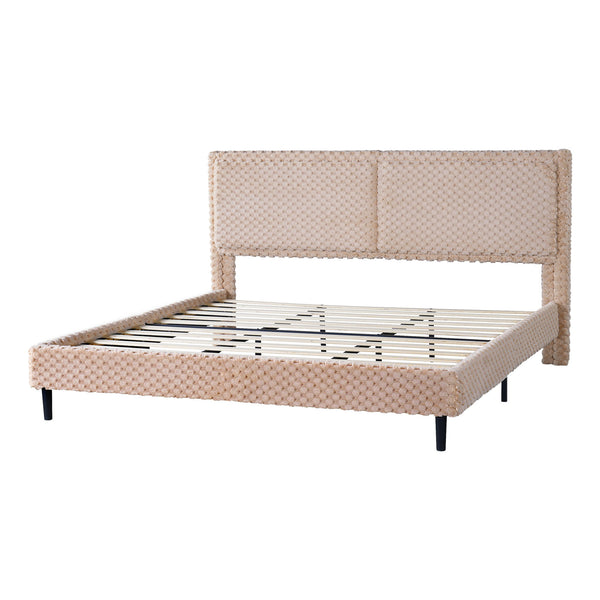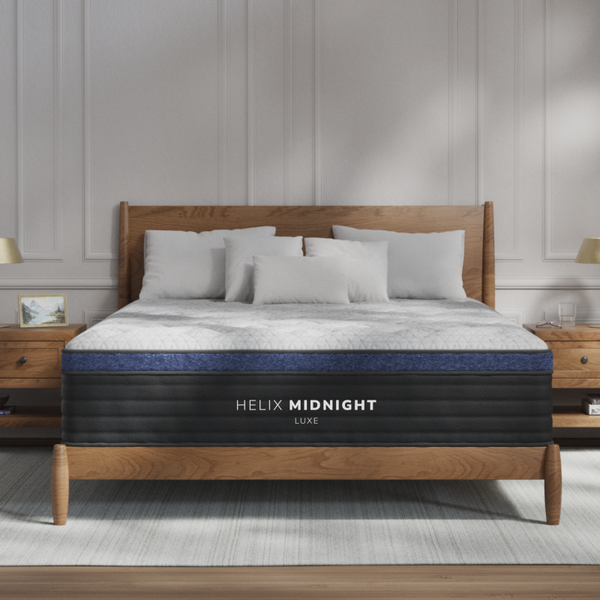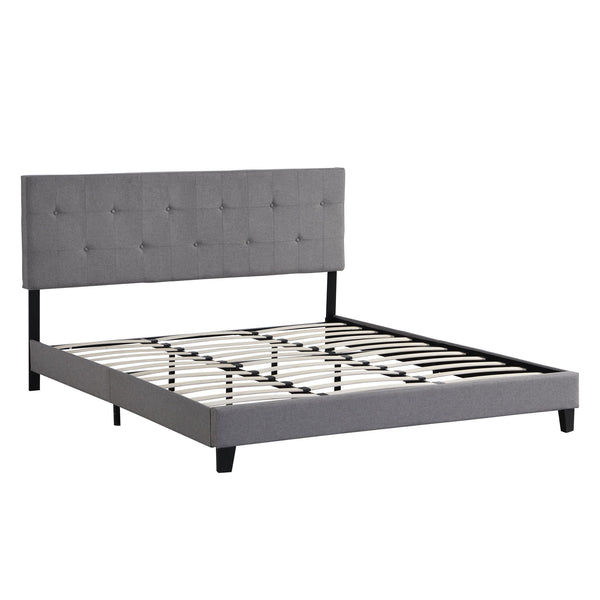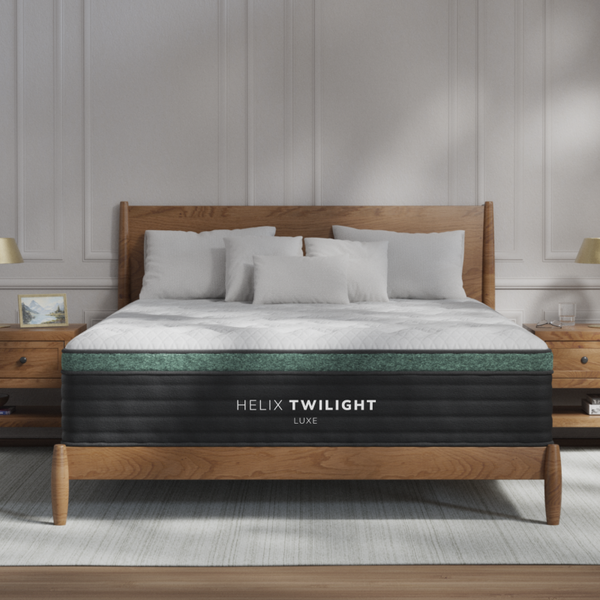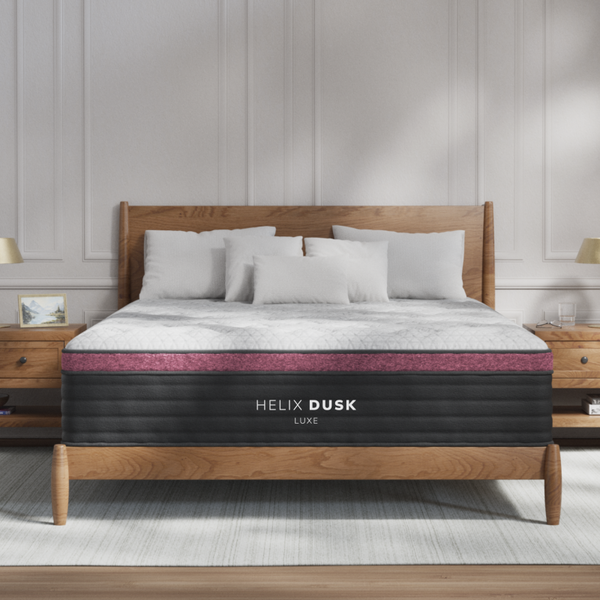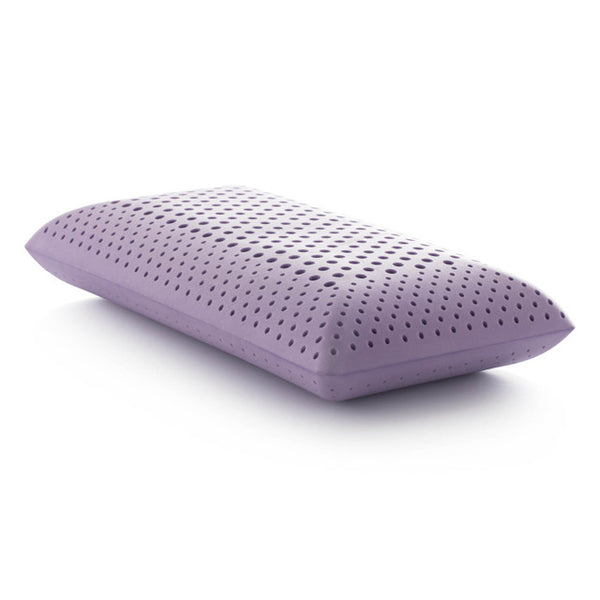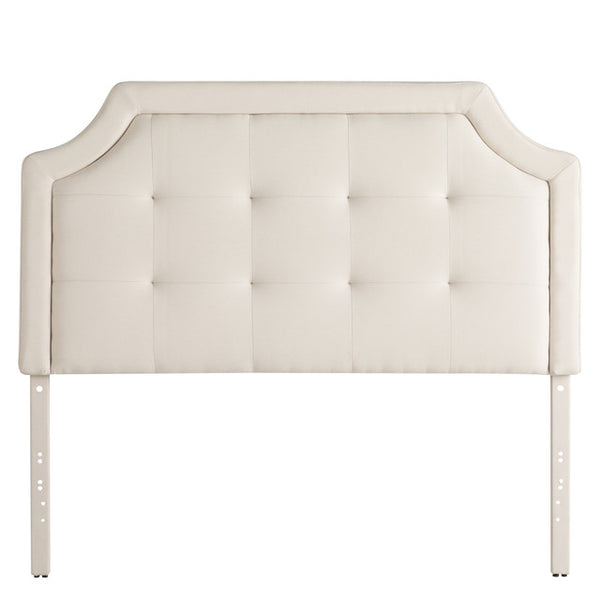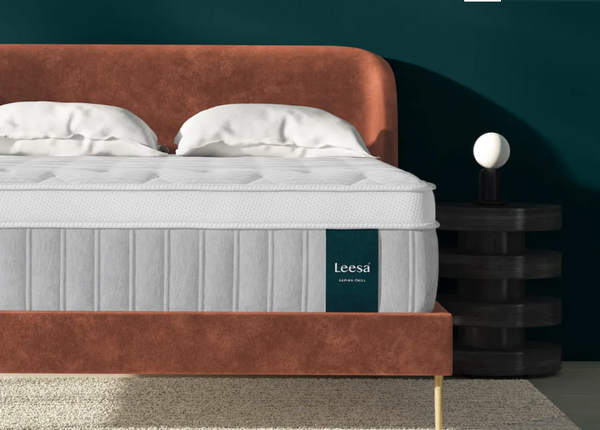
Frequently Asked Questions
1. Why is the mattress important for a good night's sleep?
2. What are the different sleep stages that influence sleep quality?
3. How does my sleep position affect my mattress selection?
4. When should I consider replacing my mattress?
When it comes to a good night’s sleep, many factors come into play, but the mattress you choose is one of the most critical elements. Understanding your sleep patterns and how your mattress affects your rest can lead to more restorative sleep and improved well-being. In this guide, we will explore the intricate relationship between mattress selection and sleep quality. Get ready to uncover the secrets that lie beneath your mattress!
Understanding Sleep Patterns
Before we dive into how your mattress can influence your sleep, it’s essential to comprehend what sleep patterns are. Sleep patterns refer to the cycles of sleep we go through each night, which include:
Sleep Stages
The sleep cycle consists of several stages, including:
- Non-REM Stage 1: The lightest stage of sleep where you drift in and out of sleep.
- Non-REM Stage 2: A deeper sleep where your heart rate slows and body temperature drops.
- Non-REM Stage 3: The deep sleep stage crucial for physical recovery and growth.
- REM Sleep: This stage is essential for cognitive functioning and dreaming.
Each of these stages plays a vital role in how you feel upon waking. Inadequate sleep in any stage can lead to fatigue, irritability, and difficulty concentrating.
How Your Mattress Influences Sleep Quality
Your mattress plays a pivotal role in determining how well you sleep. Here’s a look at how various mattress components can affect your nightly rest:
Comfort Level
The comfort level of your mattress is directly connected to your sleep quality. A mattress that is too firm may not provide adequate pressure relief, leading to discomfort during the night. Conversely, a mattress that is too soft may not offer enough support, resulting in back pain and poor alignment. Finding the right balance between comfort and support is essential for a good night’s sleep.
Material Matters
The materials used in your mattress influence both comfort and support. Here are some common mattress materials and their benefits:
- Memory Foam: Known for its body contouring properties, which provide excellent pressure relief and support.
- Innerspring: Offers a traditional feel with great bounce, making it a popular choice for those who prefer a firmer sleeping surface.
- Latex: Provides a responsive feel with great durability and breathability.
- Hybrid: Combines different materials (often memory foam and innerspring) to offer a balance of comfort and support.
Understanding how each material impacts your sleep can help you make a more informed decision when choosing a mattress.
Identifying Your Sleep Position
Your preferred sleep position can significantly influence the type of mattress that will work best for you. Here’s how different sleeping styles interact with mattress selection:
Back Sleepers
Back sleepers benefit from a mattress that offers support for the spine while still providing some cushioning. A medium-firm mattress often provides the best balance, helping to maintain proper alignment without sacrificing comfort.
Side Sleepers
Side sleepers need extra cushioning for pressure points, especially at the shoulders and hips. A softer mattress or one with good contouring properties helps to relieve pressure and maintain spinal alignment.
Stomach Sleepers
Stomach sleepers typically require a firmer mattress to prevent their body from sinking too deeply, which can lead to back pain. A medium to firm mattress is usually recommended to keep the spine aligned.
The Importance of Mattress Longevity
The lifespan of your mattress can also impact sleep quality. As mattresses age, they can sag or develop indentations, affecting support and comfort. Signs it might be time to invest in a new mattress include waking up with aches and pains, feeling like you can’t get comfortable, or noticing visible wear.
When to Replace Your Mattress
Here are some indicators that your mattress may need replacing:
- You wake up feeling tired or achy.
- Your mattress is over 7-10 years old.
- You can feel coils or see sagging areas.
- You’re experiencing allergy symptoms more frequently.
Creating a Sleep-Friendly Environment
In addition to your mattress, other factors contribute to a restful night’s sleep. Here are some tips to create a more sleep-friendly environment:
Temperature Control
Keeping your bedroom cool can significantly enhance your sleep quality. Ideal bedroom temperatures typically hover between 60-67°F (15-20°C), conducive to a restful slumber.
Light and Noise Management
Minimizing light and noise in your sleeping environment sets the stage for better sleep. Consider blackout curtains or a sleep mask to block disruptive light. White noise machines or earplugs can help mitigate distracting sounds.
Personal Preferences and Sleep Challenges
Everyone has unique preferences when it comes to sleep, and understanding these can enhance your mattress selection:
Allergies and Sensitivities
Consider materials if you have allergies or sensitivities. Hypoallergenic materials help prevent allergens from accumulating, supporting a healthier sleep environment.
Sleep Disorders
Conditions like insomnia or sleep apnea may also require specific mattress features. Seek consultation with a healthcare provider for personalized recommendations.
Trial Periods and Returns
When purchasing a mattress, look for options that provide a trial period. This allows you to assess whether the mattress suits your needs without immediately committing to the purchase.
Testing Your Mattress
Once you have a mattress, give it time! It’s often recommended to sleep on it for at least 30 days to allow your body to adjust fully. Keep an eye on how you feel each morning to determine if the mattress meets your needs.
Enhancing Your Sleep Habits
Beyond selecting the right mattress, consider adopting good sleep hygiene practices to improve your overall sleep quality. Here are a few habits to adopt:
- Consistent Sleep Schedule: Go to bed and wake at the same time each day.
- Limit Screen Time: Reduce exposure to screens at least an hour before bedtime.
- Relaxation Techniques: Engage in calming activities like reading or meditation before bed.
- Mind Your Diet: Avoid heavy meals, caffeine, and alcohol close to bedtime.
Embracing Your Sleep Journey
Understanding your sleep patterns and how your mattress affects your rest is a vital step in achieving the rejuvenating sleep you deserve. By selecting a mattress that suits your sleep style and preferences, you can pave the way for improved quality of sleep. Enhance your sleep environment and habits for a holistic approach to health and well-being. So, dive deep into the world of mattresses, explore your options, and make choices conducive to better, more restorative sleep!

